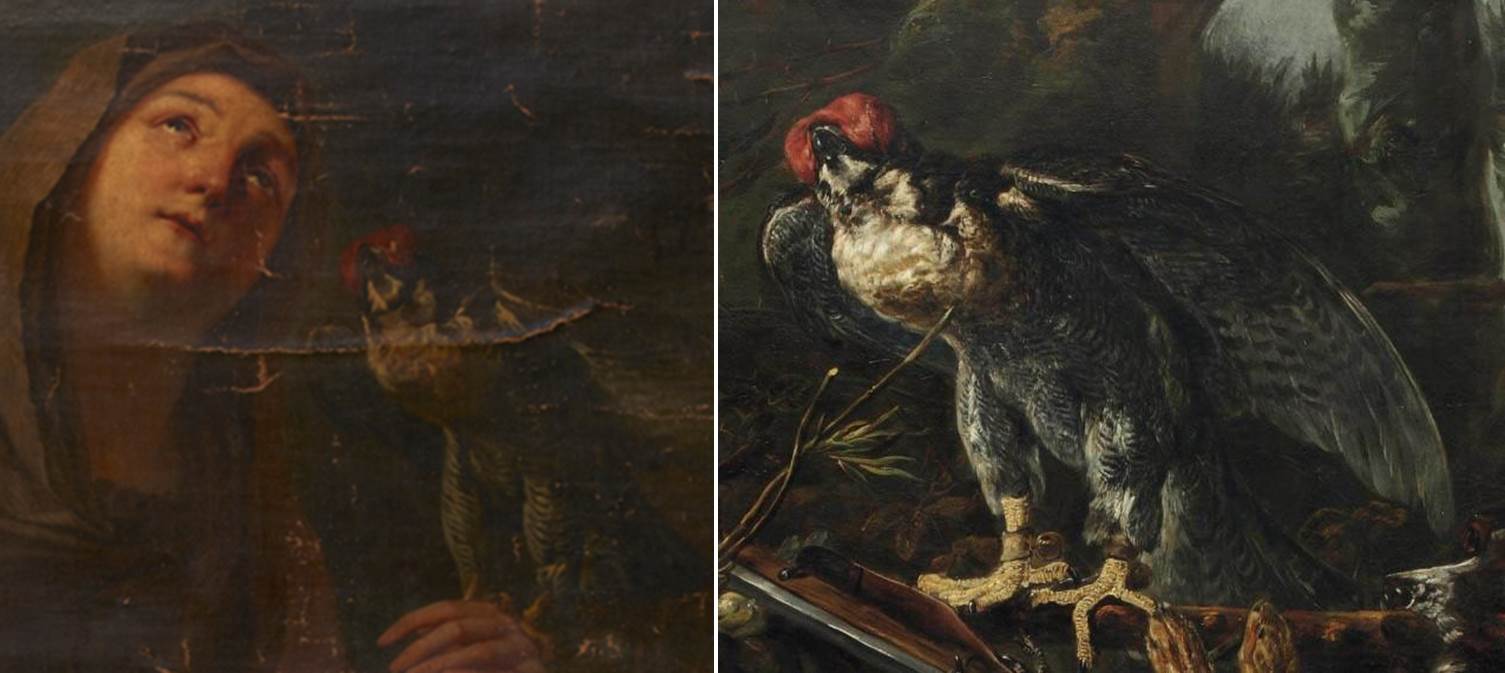SSN Research Bursary: 'Hope is not lost!' - An Van Camp from the Ashmolean Museum reports her findings
/An Van Camp (Christopher Brown Curator of Northern European Art, Ashmolean Museum of Art and Archaeology, University of Oxford) was awarded the SSN Research Bursary in December 2017. Here she reports on the exciting outcomes of her research into a 17th century series of personifications of the Virtues.
In 2017 I was awarded a generous SSN Research Bursary, supported by the Pilgrim Trust, in order to conduct research into a series of oil paintings representing the Seven Theological and Cardinal Virtues at the Ashmolean Museum.
Six large allegorical canvases representing the virtues as female personifications (Faith, Charity, Prudence, Temperance, Fortitude and Justice) were until recently attributed to an unidentified Franco-Flemish artist. Allegory of Hope – which completes the series of the Seven Virtues – was presumed lost until it resurfaced at the Bodleian Libraries in autumn 2017, prompting new research. The allegories immediately reminded me of Baroque paintings made in Antwerp in the second half of the seventeenth century inspired by the great Flemish master, Peter Paul Rubens.
As Curator of Northern European Art I have a very packed schedule but the SSN Research Bursary allowed me to devote time to looking further into possible attributions for this series. I did preliminary research in the UK, mainly in the Bodleian Libraries in Oxford and the Witt Library in the Courtauld Institute, where I consulted the documentation files concerning Antwerp artists in the wake of Rubens, such as Jan Boeckhorst, Erasmus Quellinus II, Theodoor van Thulden, Abraham van Diepenbeeck etc. Comparative research revealed that the Seven Virtues were closest to Quellinus, both thematically and stylistically.
I subsequently spent a week in Belgium and The Netherlands to focus my research on this Antwerp artist, his workshop assistants and collaborators. In Antwerp I worked in the Rubenianum Research Institute for Flemish Art of the 16th and 17th Centuries which recently acquired the archives of Jean-Pierre De Bruyn who published the only catalogue raisonné on Quellinus to date. Although the Oxford paintings were not included in De Bruyn’s archives, comparisons could be made with Quellinus’ established oeuvre.
Further research was done at the RKD (Netherlands Institute for Art History) which holds a specialist library, iconographical image archive and documentation boxes (arranged per artist and per subject) and where I was able to delve deeper into the theme of the Seven Virtues and particularly the unusual presence of the falcon in the Allegory of Hope. In fact, while consulting the documentation boxes on animal painters who collaborated with Quellinus in Antwerp, I managed to find the exact same bird of prey in another painting, a hunting piece signed and dated 1658 by Jan Fijt (sold Christie’s Amsterdam, 20 November 2012, lot 78), who often painted the animals in Quellinus’ compositions. This direct match, in addition to the stylistic similarities and the comparable allegorical scenes found, proved that the Seven Virtues were painted by Erasmus Quellinus II in the late 1650s.
In order to test my findings I delivered them at an international Study Day dedicated to the Quellinus Dynasty at the Rubenianum in March 2018. My talk was attended by the two world authorities on Quellinus’ paintings, Dr Hans Vlieghe and Dr Jean-Pierre De Bruyn, who both enthusiastically accepted these new additions to the oeuvre of the Antwerp artist. It is clear that without the support of the SSN Research Bursary the Seven Virtues at the Ashmolean would have remained unidentified.





